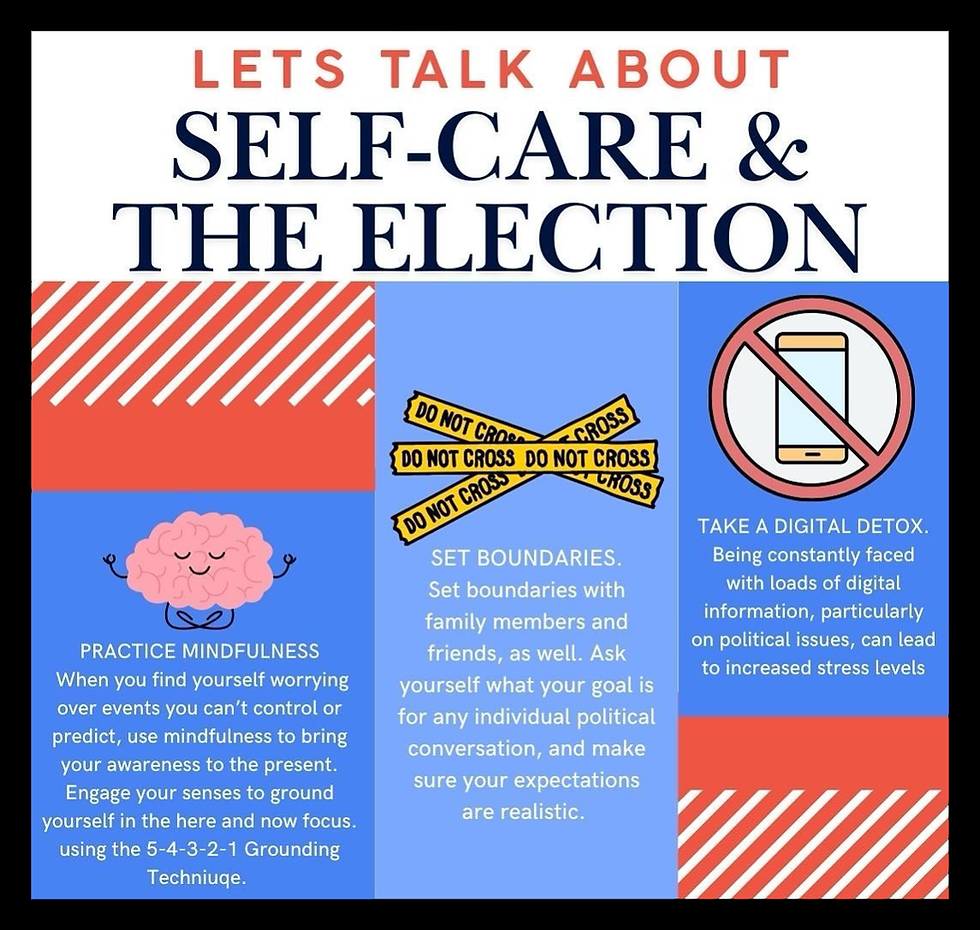How Early Attachment Styles Inform Our Addictive Behaviors
- Sharee Allen, LMFT

- Apr 2, 2023
- 3 min read

In our infancy, we are all unable to meet our own basic needs, and therefore we form specific types of relationships to our caregivers based on the ways those needs are being met. Some of those basic needs include food, warmth, and shelter. When a baby feels fear, or wants affection and bonding, ideally a caregiver picks up on that and soothes the child. If these needs and wants are met consistently, a secure attachment style is established between the baby and the caregiver. We develop object permanence, or the knowledge that even if our parent is not within our line of sight, they still exist and they will probably return, at around eight months old.
There are other paths here that are less secure, however. An anxious attachment style is developed when the caregiver is either overly emotional or perhaps neglectful. This style leaves the child constantly questioning whether they can depend on the caregiver. An avoidant attachment style occurs when the guardian is either aggressive, abusive or severely neglectful: in this case the child learns not only that they cannot rely on the caregiver for basic needs, but also that they must protect themselves from harm (at the hand of the very person who is supposed to provide protection.) Lastly, an inconsistent and unpredictable relationship in which the caregiver may vacillate between all three of those approaches will lead to the child constantly questioning how to react, which results in a disorganized attachment style.
We learn these patterns from our parents and guardians earlier than we can remember, and by proxy, we learn whether we can depend on humanity in general. Unhealthy attachment styles inevitably increase our stress levels and make it harder to self-regulate. These last three styles will also increase the chances of our developing psychological and physical challenges. If you're a parent reading this, fret not: there is a big difference between neglect or abuse and the mistakes we all make along the way as we learn to parent.
As we develop, we learn many ways to self-soothe, managing our stress in ways that range from nourishing to downright toxic. Enter substances, both legal and illegal. Substances can either stimulate or calm the nervous system, giving us a temporary relief from the stress and pain created by our attachment styles (and exacerbated in our current relationships.) But with each new high or drinking binge, our brain chemistry becomes more and more unstable: we are left both craving more of the substance, and unable to regain the same sense of euphoria we felt the first time we used that particular category of drug.
From 2017 to 2022, before starting Groundswell Psychotherapy, I served individuals struggling with substance use disorders. I'm still very passionate about this work, and the settings and populations ranged from incarcerated women to inpatient & outpatient addiction treatment to adolescents in short-term psychiatric hospitals. One major observation that virtually all of these patients shared: the substances were so deceptive, and the cycle spun out of control so quickly, that most people had no idea how their patterns had become so damaging. Most of these people were clever, funny, introspective, and expressed bewilderment at how suddenly as they say in Step One of AA, "our lives had become unmanageable."
The only answer I could point them to was this: they were numbing their pain with more pain, treating a problem with another problem. As overwhelming as it may seem, the only way out is through. I encouraged them — as I encourage you now — to comfort themselves by finding healthier outlets, while simultaneously doing the deeper work on these anxious, avoidant, or disorganized attachment styles.
The good news is that our attachment styles are not permanent. We humans are social creatures and we develop new relationships in adulthood, often referred to as our "chosen family." As we do, we can begin to alter our styles by setting healthy boundaries, having those boundaries respected, and sometimes cutting off people who are not able or willing to grow with us.
In summary, secure attachments promote:
Resilience
Safety
Trust
Adaptability
Empathy
Interpersonal functioning
Emotional regulation
Stress regulation
Secure attachment decreases the chance of:
Conduct disorder
Risky sexual behavior
Homelessness
Anger issues
Substance abuse
Interpersonal problems
Low self-esteem
Those of us who still have the opportunity might work to amend the way we interact in our families of origin, and this is sometimes the hardest part. Consider it the "ultimate test" of your progress: if you've been in therapy for awhile, increased your healthy coping strategies, improved the communication in your primary relationships, then you may begin to step into repairing the attachment styles with those very people responsible for the way you developed to begin with. (For more reading on this, check out Attached by Amir Levine and Rachel Heller.) But remember, regardless of whether this is possible, you've come a long way.




Comments